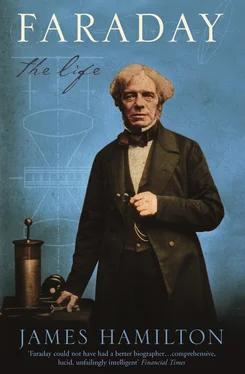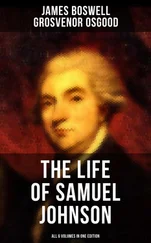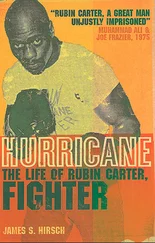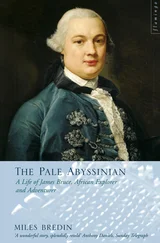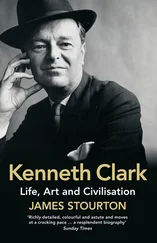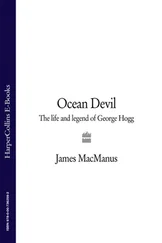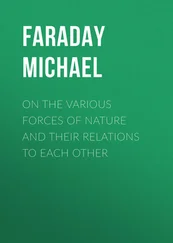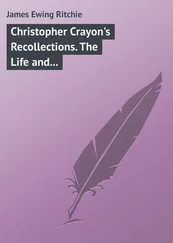The ticket Faraday had been given was a pass to attend the remaining lectures in what was to be Humphry Davy’s final series there, on ‘The Elements of Chemical Philosophy’. The elder ‘Mr Dance’ has been identified as the musician William Dance, 39but there is no evidence to prove this assertion. All the Dances were members of the Royal Institution, and many of them gave 17 Manchester Street as their address in the Institution Managers’ Minutes. 40The Dance who shows the strongest credentials for being the man who first gave Michael Faraday the introduction to the Royal Institution is the architect George Dance the Younger. As we shall see, it was George Dance who had a particular influence on Faraday’s understanding of classical art and architecture, fostered during his years as Riebau’s apprentice, and as a result Faraday held a lasting gratitude for him. George Dance also had, as did many people of fashion, a continuing interest in electricity, which is first recorded by the diarist Joseph Farington in 1799: ‘Hay’s Electrical Lecture I went to. – N & G Dance, – [Benjamin] West &c there …’. 41Twenty years later, when his health was ebbing, George Dance retained a faith in the healing powers of electricity. Farington reports: ‘Dance I called on. He was gone to Partington’s to be electrified. I met Miss Green who gave me a very unfavourable accnt of the state of his spirits.’ 42
Concurrent with his education as a young bookbinder and natural philosopher ran Faraday’s religious education. This took place at the Sandemanian chapel, led by a succession of Elders whose teaching is marked by key symbols in the margins of Faraday’s Bible. 43Very many of the pages in most of the books of the Bible, the Apocrypha excepted, are marked by Faraday’s pencil, in single, double and heavier lines denoting the relative significance of the passages to him at that time. Thus, there is evidence of detailed study of Leviticus, the book of Jewish laws and ritual, and the exhortation to obedience to God’s law in Deuteronomy 4 is well marked. The biblical foundation of Faraday’s youthful pursuit of knowledge is indicated in his firm markings in Job 28, where, at verses 1–2 he highlights:
Surely there is a vein of silver, and a place for gold where they fine it. Iron is taken out of the earth, and brass is molten out of the stone.
This follows the chapter heading: ‘There is a knowledge of natural things. But wisdom is an excellent gift of God’. At places where his own Christian name is mentioned, for example in Daniel 12.1 – ‘And at that time shall Michael stand up, the great prince which standeth for the children of thy people’ – Faraday has marked it clearly.
The world that Michael Faraday was introduced to at Riebau’s was wider and more dangerous than the Sandemanian clique. Another of the sophisticated outsiders who seemed to be regulars in the shop was Jean-Jacques Masquerier, who had fled Paris for England in 1792. Masquerier, who like Riebau was of Huguenot descent, 44had been born in Chelsea of French parents, but the family had returned to Paris a year after his birth. The young man had studied drawing in Paris, and having arrived in England entered the Royal Academy Schools aged fourteen in December 1792, and went on to become a fashionable portrait and history painter.
During Napoleon’s rise to power Masquerier returned to Paris where he made some secret studies of the Emperor-to-be which he used and reused in his paintings. 45He gossiped about French revolutionary politics and personalities, particularly to Joseph Farington, and in 1801 exhibited in Piccadilly a huge picture of Napoleon reviewing the consular troops. This made him £1000 profit, but it led to scandal when William Cobbett accused him of being a French spy. 46Among Masquerier’s friends in the circles around the Royal Academy at this time were the painters Thomas Girtin and J.M.W. Turner. Years later, however, the poet Thomas Campbell described Masquerier in temperate, even condescending, terms as a ‘pleasant little fellow with French vivacity’, 47while the painter John Constable loathed him: ‘although he has made a fortune in the Art, he enjoys it only as a thief enjoys the fruits of his robbery – while he is not found out’. 48
Masquerier’s address in the early 1800s, given in correspondence in the Crabbe Robinson Papers, 49was Edwards Street, Manchester Square. Nevertheless Silvanus Thompson, one of Faraday’s early biographers, asserts that Masquerier was at one time Riebau’s lodger, and that among Faraday’s tasks as Riebau’s apprentice was the dusting of the lodgers’ rooms and the blacking of their boots. 50However it was that they met, Masquerier liked Faraday and appreciated his brightness and talent. He lent him books on perspective and, perhaps in response to a request from Faraday and encouragement from Riebau, taught him to draw. 51The young man rapidly mastered perspective, as the drawings in the Tatum notebooks plainly show. Faraday developed a fluid line which expressed complicated structures of apparatus, wooden stands, glass tubes, connecting wires, brass rods with balls on the ends and so on, all delicate, characterful, rarefied and self-possessed instruments at the beginnings of their own evolution, constructed for particular and discrete scientific purposes.
When Riebau showed Dance the illustrated notes that Faraday had made, he was displaying him as one of his own products, a fine young bookbinder, very well trained, who was now reaching the end of his apprenticeship. He would have shown the work of all his older apprentices to influential patrons in this way, because it was to his advantage as an apprentice master that he should find good situations for his lads. George Dance, the architect of crisp, elegant buildings, and a portrait draughtsman of rare talent, was an ideal person to appreciate Faraday’s neat, informed text and illustrations. The clarity and assurance of the illustrations in particular were of such a level that Dance might reasonably have considered their creator to be a potential student of architecture.
Faraday’s early education with Riebau, Cosway, George Dance and Masquerier might have led him towards art or architecture as much as to science – the various scientific and artistic influences on him had by 1810 served to introduce him to the great breadth of contemporary culture as the eighteenth century turned into the nineteenth. His brush with Swedenborgianism gave added coloration, though we may never know its extent or tone. His experiences of Tatum’s lectures, however, and his responses to them, were such that by the time he first set foot inside the Royal Institution to hear Humphry Davy lecture, Michael Faraday was already as well versed in science as any young man or woman of his generation could possibly be. His weaker points, however, were mathematics, which he found impossible to grasp fully, and chemistry. In Tatum’s lectures chemistry was just one of a wide range of scientific topics, and so by going to hear Davy speak on ‘The Elements of Chemical Philosophy’, Faraday would be taking his scientific knowledge to new levels.
Humphry Davy was a star. Buckles flew, stays popped, and the ostrich feathers worn by some of those who came to show themselves off in the crush at the Royal Institution lectures were apt to end the event as bedraggled zigzags. That, at least, is the impression given by Gillray’s 1802 engraving of a lecture-demonstration at the Royal Institution. One thousand and more men and women crammed the theatre at 21 Albemarle Street, a converted eighteenth-century townhouse, when Davy was billed to lecture on geology, agriculture or tanning leather. 1These were exciting subjects – the new knowledge about the nature and material of the earth and how to harvest it efficiently was beginning to broaden people’s horizons – and when the young and handsome Humphry Davy took the stand, ladies and gentlemen of society were hot, breathless, early and hushed. Celebrated actors like Young or Kemble had the coveted asterisk printed beside their names on theatre bills, and were Humphry Davy a professional actor – though a distinguished performer he was nonetheless – he too would have merited the star.
Читать дальше
